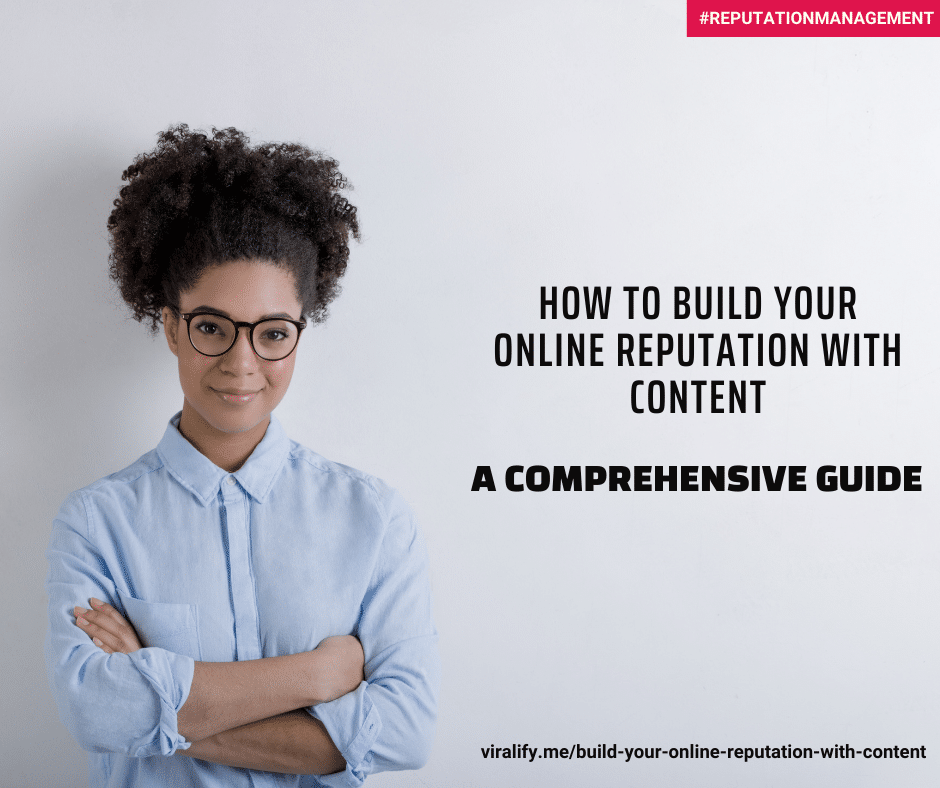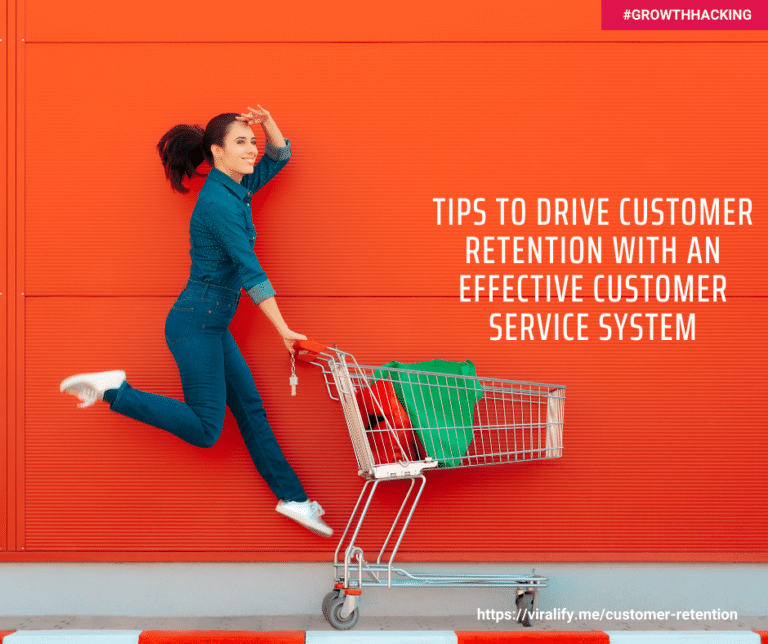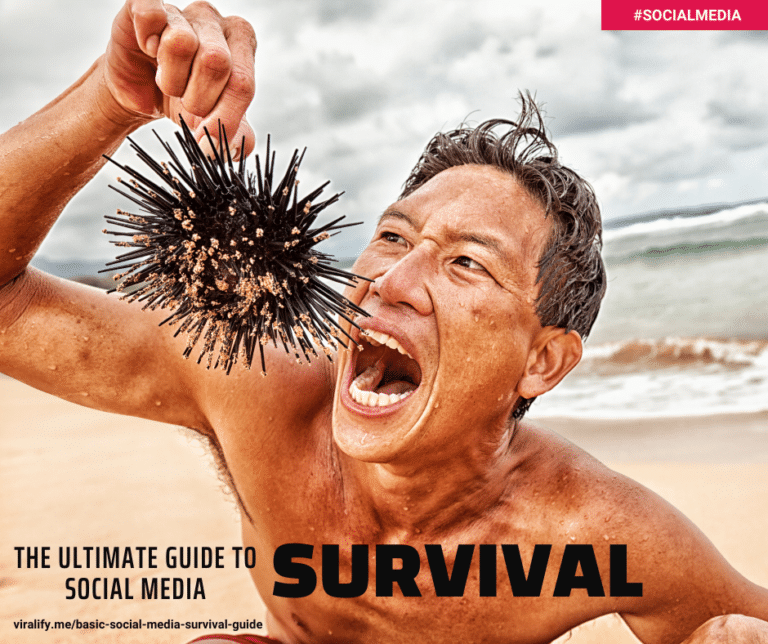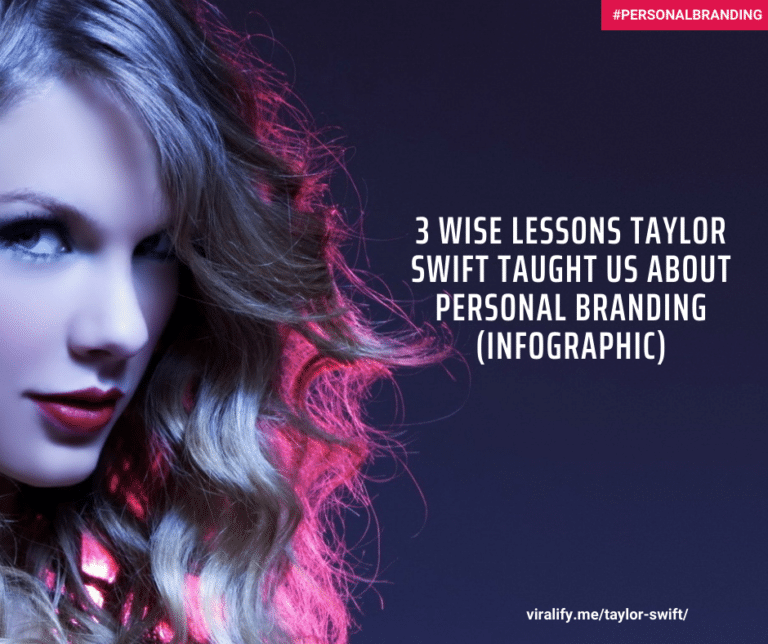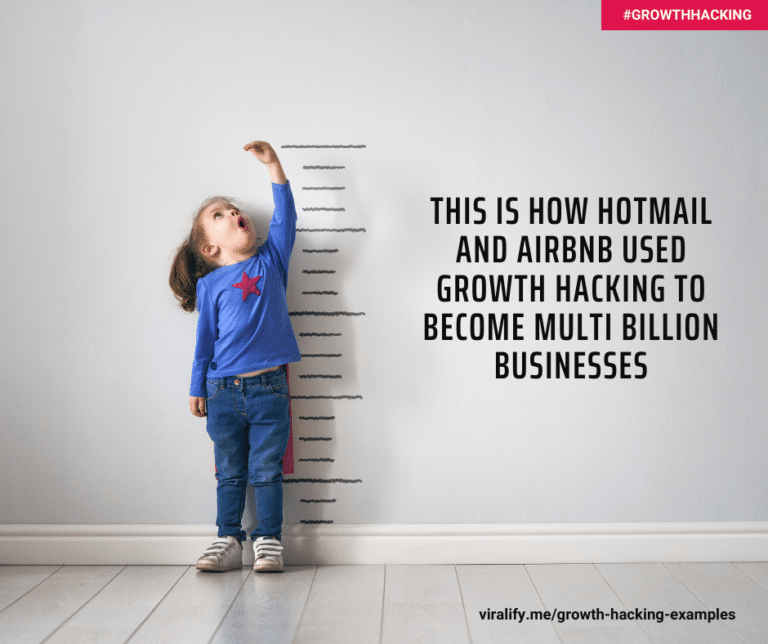When was the last time you reviewed your online reputation? You might not be aware of it, but how people perceive you online is more important than ever. The Internet has given everyone a platform to voice their opinion about products and services they have used, so if something goes wrong with your business or service, these reviews are likely to pop up in search engine results pages. In this blog post we will discuss why content marketing is an important component of any online reputation management strategy and provide tips on how to utilize content effectively for building an excellent reputation with customers.
In this blog post we will discuss why content marketing is a key component of any online reputation management strategy and provide tips on how to effectively use content for building an excellent reputation with customers.
The Internet has given everyone the power to voice their opinion publicly, so when something goes wrong with your business or service these reviews can make it into Google’s search engine result page which may deter potential buyers Social media posts also have the same effect as people often take screenshots without permission and share them
With recent changes in Google, online reputation management is more important than ever. Reviews of your product or service that pop up in search engine results pages are an indication to potential customers about whether they should purchase from you or go somewhere else.
You may already be thinking, “We have great reviews on Google, and facebook, so why do we need to create additional content as well?” The answer is simple: you want your business to be known just as much for the stellar service you provide (confirmed through online customer reviews) as it is for the knowledge and experience you bring to your given industry. This helps make your brand memorable and relevant to both current and future customers alike, helping to drive long-term customer loyalty, increased sales, and ongoing growth.
Don’t know where to start? No worries. Here are three primary content types that can help you build your online reputation in a big way. Try the one that suits your business most or try them all – whenever you build informative and engaging content, you’re likely to win with your customers.
Educational Content
- Sentiment: “That business knows what they’re doing, and they’re so helpful!”
- Deliverables: “How To” or “Tips and Tricks” blog posts, eBooks, downloadable guides
Being known as a company that’s both knowledgeable and helpful will help your online reputation soar. Think about some well-known brands that you follow. Do you regularly buy their products or services? Or have you simply become a fan of the interesting and informative content they post on social media and on their website?
For example, if you’ve heard of Active.com, an online community of sports, fitness, and recreational activity enthusiasts, you know that the site is chock full of useful information covering all aspects of health and fitness. However, even though the site is focused on bringing like minded people together to participate in all sorts of recreational activities, you may have never signed up for any of those activities or even had a reason to purchase the event software they sell. Your relationship to that brand may be all about content.
To step up your educational content game, focus on developing long-form content filled with stats, facts, charts, graphics, infographics, and all sorts of other useful and actionable information. eBooks, downloadable guides, and well-researched blog posts – all at 1,000 – 2,000 words in length – are a good place to start.
Although this type of content takes a bit longer to create, the long-term value associated with it – for both the benefit of your customers and your online reputation – is well worth your time. Writing a comprehensive piece of content that tackles a topic in detail marks your brand as a thought leader in the industry. It produces more site traffic and attracts people looking to learn more about a topic, and it will remain an important source of information far into the future.
Shareable Content
- Sentiment: “I’ve seen that brand pop up everywhere! Clearly, I should know more about it! ”
- Deliverables: Blog posts, infographics (stats/facts), videos, images
Building a successful online reputation also involves driving brand awareness – more simply put, making your brand known outside of the immediate circle of your existing customers and followers. Attention-grabbing, shareable content that can be circulated through your social media channels and on your business website is a great way to do just that.
– Create content that’s specific to your target audience and drives engagement, such as “How To:” articles or blog posts that answer a common question. For example, if you sell handbags online, then posting an article about how to make the perfect purse is a good start!
– Use images – graphics, videos and photographs – in your posts because visuals are attention grabbing; these will increase social media shares of your post
– If you have time on weekends for crafting original pieces of long form content (like this one!), then it’s worth investing in some design skills so that all of your written work looks pretty at first glance. Take time out to create nice looking titles
Even though it may seem as though all content can be shared, not all content is inherently shareable. There are actually seven factors that make people feel like they absolutely must share content.
If this is entirely new territory for your business, start by publishing at least one piece of shareable content per month across social media and on your blog – and then work up to 1-2 posts per week. Think of it this way: the more content you create that goes viral, the more eyeballs will be on your business. So, be sure to focus on the seven factors of shareable content (from above) and spend a little time thinking about what kind of action you want to drive from this content. Over time, you’ll learn what gets your followers engaging with your content like crazy as well as what falls flat. Pay attention to these important metrics; the more you know about the shareability of your content, the more effective you can be in creating content that goes viral. After all, as a local business owner, time is money. So, use it wisely.
Word-of-Mouth Content
- Sentiment: “This business has a track record of success. I want to do business with them.”
- Deliverables: Case studies, customer testimonials
Trust is earned when brands not only talk the talk, but also walk the walk. Your target customers want to work with local businesses that know a thing or two about their industry – and have solid proof to show off their experience, capabilities, or successes. Having content on hand that showcases this evidence of your business’s expertise is another great way to build your online reputation because it helps engender confidence and trust in what your business offers. In fact, for many consumers researching local businesses for the first time, this kind of content can go a long way in helping to evaluate and decide which business is most qualified to do the job.
A really great tool for showcasing your business’s success is the tried-and-true case study. Because case studies include actual customer experiences, potential customers learn from the stories how your brand might work with them. And given that word-of-mouth reference is still one of the most effective marketing tactics for any business, case studies and customer testimonials alike can help build your business’s reputation in a big way.By generating content for your online audience, you can stay on top of the trends and issues affecting your industry while also providing customers with helpful advice and information they might not otherwise be able to find elsewhere (or at least as easily). This increases customer engagement and interest overall, but it also helps establish yourself as an expert – which will no doubt lead new customers right back to you when it comes time to make purchasing decisions.
Case studies and customer testimonials can be published on your own website, shared on your blog, sprinkled throughout your social channels, and pitched to local media. A strong case study supported by real examples and insightful (proprietary) data can sometimes even help you get featured in publications like the Huffington Post, Business Insider, or even the New York Times. Journalists love a good hook. Sharing data and insights that can’t be found anywhere else gives writers an opportunity to share a new and fresh perspective on a topic of interest.
Today’s businesses face challenges reaching out to customers using the many social media platforms available to them. While the sites and apps haven’t changed much in recent years, marketers have become much savvier about the way they use them to interact with customers. Instead of blasting out an endless stream of marketing messages, brands have learned to post interesting content that is relevant to their followers. Here are a few quick and easy ways businesses can create content that connects with consumers on some of today’s top social media sites.
Businesses on Facebook tend to draw a tight-knit community filled with loyal customers. The most effective posts prompt customers to comment, whether it’s about a new product or a question designed to initiate a discussion. Brands should try to post consistently to ensure they’re regularly showing up in followers’ news feeds. Image-based posts tend to stand out more on Facebook, especially for brands that specialize in visually-appealing products like fashion or food.
Special offers are a great way to show your appreciation for existing customers’ loyalty while also encouraging those customers to share the update with their own friends — many who may choose to use the offer to make a first-time purchase.
If you have trouble coming up with ideas for new Facebook posts, ask your audience what they want to know about. Engage as many of them as possible by asking their opinion in the comment section and posting a follow-up response when appropriate.
Twitter’s 140-character limit poses a challenge for businesses, but brands often find they can squeeze a message into the format fairly easily. Video- and image-based posts are a great way to stand out on Twitter since customers can often be bombarded with text as they scroll through their feeds. Sharing industry-specific tips are a great way to stay within the character limit, especially if those tips are of interest to followers. Hashtags can help customers find a specific profile on the site, but avoid overdoing it. Resolve with helping- It’s a great way to stay within the character limit, especially if those tips are of interest to followers.
– Avoid overdoing it by using hashtags too often.
– “Twitter users care about what brands say”, so be sure your tweets have content that will resonate with them and generate engagement. This could mean sharing industry-specific advice or staying away from mentions altogether (depending on what you want) because Twitter is primarily designed for conversations between individuals rather than one person broadcasting messages out into the world.
– For example: an online reputation management company(Hint:Hint: Viralify Reputation Management) might share expert insights related to their field in hopes of attracting new clients; someone who handles customer service might talk about a recent success story they had
LinkedIn is the most popular social media platform for professional networking. However, many professionals merely post a profile and never interact on the site. Through posting status updates on the site, entrepreneurs can share interesting articles, promote job openings, and invite interaction from their connections. Stay away from pitching products or services on LinkedIn and, instead, focus on content that will be of interest to the people who follow you.
LinkedIn has a long form posting feature that allows you to post articles directly on the site and share them with your connections. When someone clicks on one of those links, they will be taken to your profile and then have an opportunity to follow you or connect with you. This is a great way for people who use LinkedIn solely as their professional networking tool learn more about what you do in addition to building relationships online.
Instagram has become especially important to social media marketers in recent years as businesses realize that its users are their ideal customers. The site is image based, so it works better for brands that are visual in nature. Contests are particularly effective on Instagram since they encourage customers to share posts and introduce a brand to others on the site. Hashtags are also important on Instagram since they can help users who are interested in a specific topic find your page. Social media remains one of the top ways to reach out to customers. When brands tailor their posts to each of these unique platforms, they’ll have more success with their campaigns. Once a business’s social media strategy is in progress, analytics can help them monitor which efforts are most effective, allowing business owners to refine their strategies before launching the next campaign
A business’s online reputation doesn’t happen overnight. It requires a lot of work, on your part, to ensure that both your existing and potential customers – and beyond – know what your business is all about, what you bring to the table, and why they should trust you. This can’t happen if your voice isn’t heard. Content is a great and relatively easy way to build a reputation that, over time, will ultimately speak for itself.
The benefits of content are plentiful. It builds a reputation, it increases web traffic, and it engages your audience in an ongoing dialogue with you that’s beneficial to both parties. One of the most important parts of building online reputation comes from getting links back to your site – something you might not be doing yet but should definitely start working into the mix now because Google rewards sites which have relevant external links coming. And the best part is: anyone can do this! You don’t have to be a professional writer or designer to generate meaningful content for your website; all you need is the time and focus required to get started.
Additional resources:
– The Illusion of Influence by Jonah Berger, Katherine Milkman and Julia Minson.
– “Instagram Marketing for Small Businesses” from Entrepreneur magazine.

